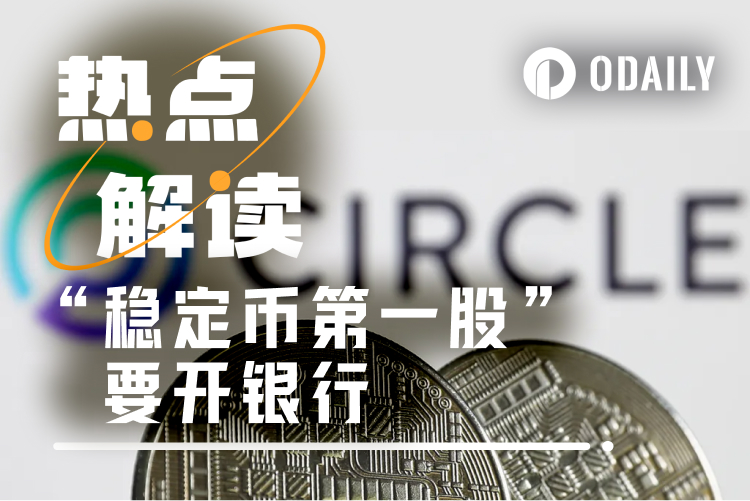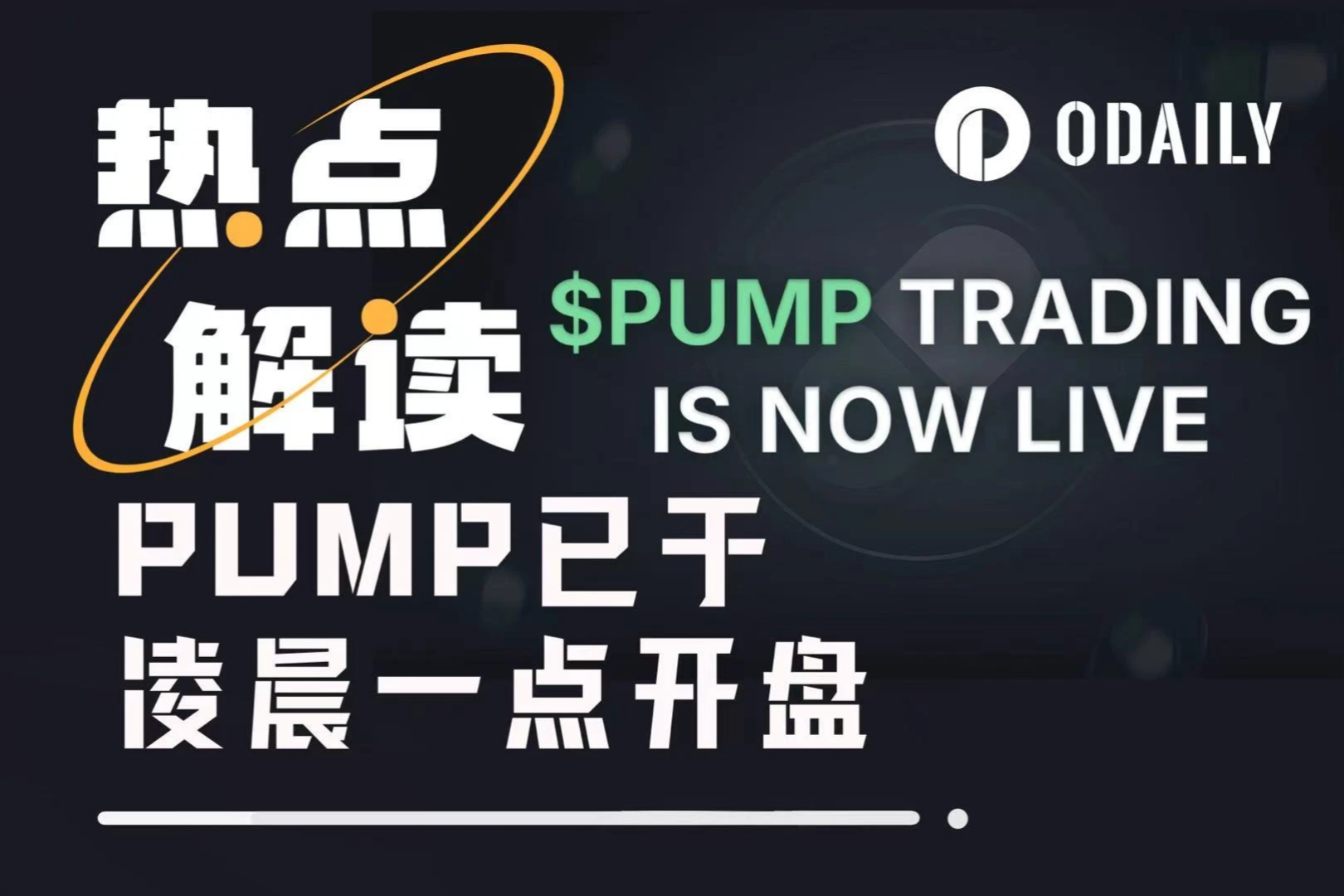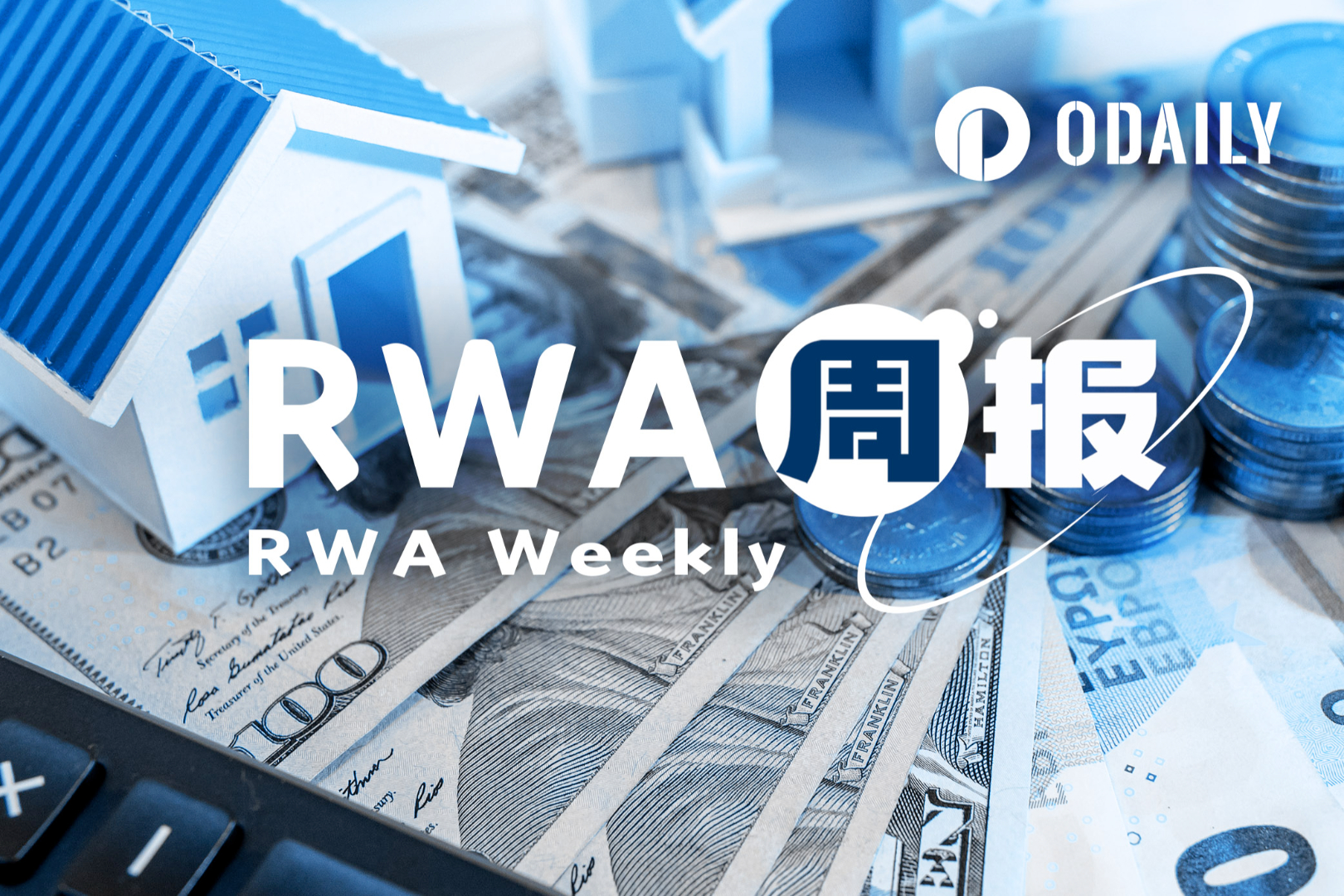Original | Odaily Planet Daily ( @OdailyChina )
Author | Ethan ( @ethanzhang_web3 )

On June 30, Eastern Time , Circle (CRCL), the issuer of the stablecoin USDC and the “first stablecoin stock”, announced that it had officially submitted an application to the U.S. Office of the Comptroller of the Currency (OCC) to establish a federal trust bank called “First National Digital Currency Bank (NA)”.
According to the announcement on Circle’s official website, once approved, the bank will become Circle’s first federally regulated custodial entity. It will not only be able to independently manage its more than $60 billion in USDC reserve assets, but will also provide digital asset (especially tokenized bonds and stocks) custody services to institutional clients.
Unlike traditional banks, this license does not allow for the acceptance of cash deposits or the issuance of loans, and is closer to the "federal trust company" model. Currently, only Anchorage Digital has obtained a similar license in the United States, and Circle may become the first holder of a self-owned custody license in the field of stablecoin issuance.
Why apply? Circle’s “new financial architecture” ambitions are gradually emerging
This is not a short-term business adjustment, but an overall strategic advancement of Circle as a "stablecoin infrastructure provider."
The GENIUS Act passed in mid-June is pushing stablecoins into an era of "regulated, compliant and open", which sets clear requirements for asset segregation, transparent disclosure, and regulatory qualifications of financial institutions. (For more details, please refer to "Reshaping the "Water, Electricity and Coal" of Global Finance: How did the GENIUS Act ignite the "Regulatory Bull Market" of Circle and Stablecoins?" )
If Circle is approved to establish a federal trust bank, it will not only be able to skip traditional bank custody (such as the current Bank of New York Mellon), but also bypass external regulatory blind spots, take control of core assets back into its own hands, and greatly enhance business resilience.
Rather than applying for a license, Circle is building a future "digital dollar operating system." Whether it is USDC issuance, RWA custody, or payment and settlement cooperation with Visa, Stripe, etc., the underlying architecture of stablecoins needs to have stronger self-control and compliance attributes.
Circle's move is not only a change in custody rights, but also a self-establishment of its position as the "on-chain executor of the US dollar."
Market Comments
After the news was announced, the industry generally believed that Circle’s move was a “deep integration” with US regulation, and could even be seen as an important step in the process of “nationalization of stablecoins.”
Mr. Man, a crypto investor and foreign exchange trader, believes that if the license is approved, Circle will be directly connected to the Federal Reserve payment system as a federally regulated trust bank. USDC will be able to move freely in and out of the Federal Reserve's financial pipeline like funds from traditional clearing banks, and will no longer rely on intermediary banks.
ALLINCRYPTO, a technical analyst and crypto content creator, said that once approved, Circle can directly provide digital asset custody to institutions, allowing mainstream companies to integrate USDC more conveniently.
Some institutional investors believe that Circle is already far ahead in the compliance race, especially after obtaining the EU MiCA authorization and Abu Dhabi MSB principle license. The federal license under the "OCC+GENIUS" system will open the door to global central bank-level customers.
However, some voices are cautious. Citi analysts said: "Although the long-term trend is bullish, the business model of stablecoins has not yet been implemented, and Circle's current market value premium is already relatively aggressive." According to statistics from data agency S3 Partners, Circle's short positions have increased day by day since its listing, and it has now become one of the most concentrated short positions in the U.S. blockchain sector.
Conclusion: Circle is not trying to be a bank, but to redefine “the bank of the dollar”
What Circle wants to apply for is not a commercial bank as we understand it, but to be the architect of a new type of US dollar digital financial carrier.
It does not lend, absorb deposits, or intervene in the interest rate market, but focuses on the basic services of on-chain dollars, on-chain assets, and on-chain settlement. This is different from Tether's focus on trading. Circle is betting on the infrastructure-level battlefield of how stablecoins will be incorporated into countries, institutions, and even clearing systems in the next ten years. (For more details, please refer to "Circle and Tether may not be the same species, the hierarchical model of stablecoin value realization says so" )
IPO is a financing node, and licensing is the cornerstone of compliance. Whether one can become an "on-chain dollar sovereign agent" now depends on whether this license is approved.





